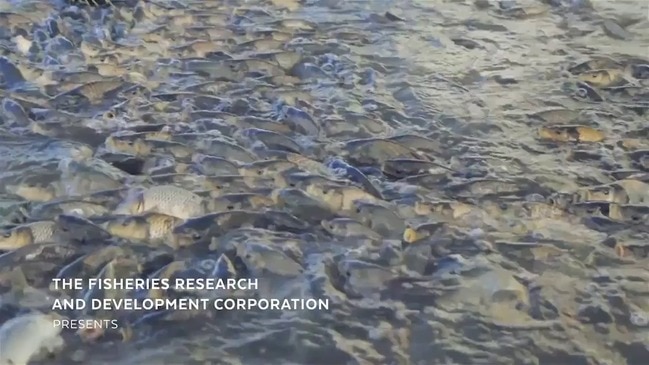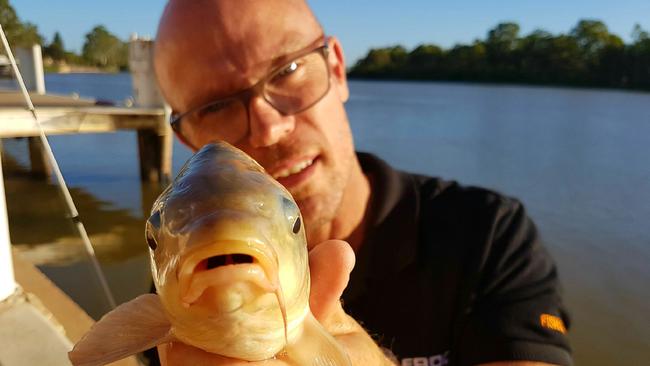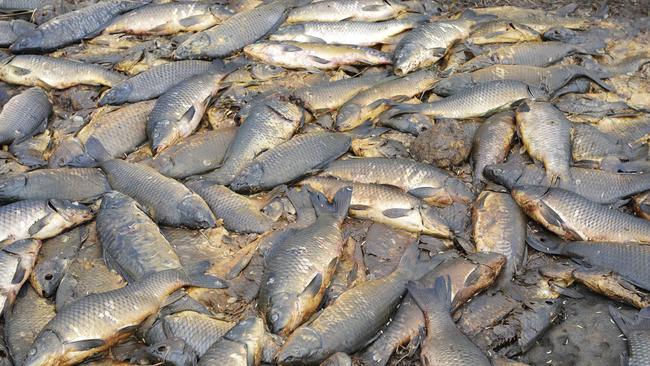Millions of carp will remain in the River Murray for another year as cull is delayed
THE River Murray will be plagued by carp for at least another year, after researchers were granted a 12 month extension to investigate a mass cull of the pest using herpes.

- Virus funding shortfall
- Plan co-ordinator hits back at claims the herpes virus will attack other species
- European carp to be exposed to herpes virus to cull numbers
- River Murray communities fear ratepayers will cover cost to clean up carp
THE River Murray will be plagued by carp for at least another year, after researchers were granted a 12-month extension to investigate a mass cull of the pest using the herpes virus.
The Federal Government has approved an extension for the development of the $15 million National Carp Control Plan, originally scheduled for release at the end of this year.
Plan co-ordinator Matt Barwick told The Advertiser the original time frame was “ambitious” given it was the first time in the world a project like this had been developed.
Mr Barwick said the additional year would allow more research on the number of fish in different parts on the river and lakes.
Scientists will also have more time to study how the herpes virus transmits.
“We need to do some computer modelling to adjust the biomass as drought and floods affect population between now and when a release (of the virus) might occur, if approved,” Mr Barwick said.

“Research underway right now is also showing us we need to understand more about how the virus transmits – fish to fish contact and contaminated water.”
The team also wants to better understand how temperatures affect the virus and its capacity to cause disease in carp.
The Government, in 2016, announced the plan to investigate a mass cull of European carp from the Murray and to rebuild native fish populations.
The economic impact of carp – a large fish that sucks up mud and spits it out – has been estimated by the Government to be up to $500 million a year.

Mr Barwick said further consultation with key stakeholders was warranted, after research showed they were “nervous” about the short time frame to develop the plan.
“People want to see this issue addressed and there are very few solutions,” he said.
“Biological control is one option that might be viable, which is why it needs to be considered carefully.
“There’s a lot to be done but with the extension we’re placed pretty well to get the job done.”
No more funding has been allocated to the plan, which will be finished by December, 2019.
